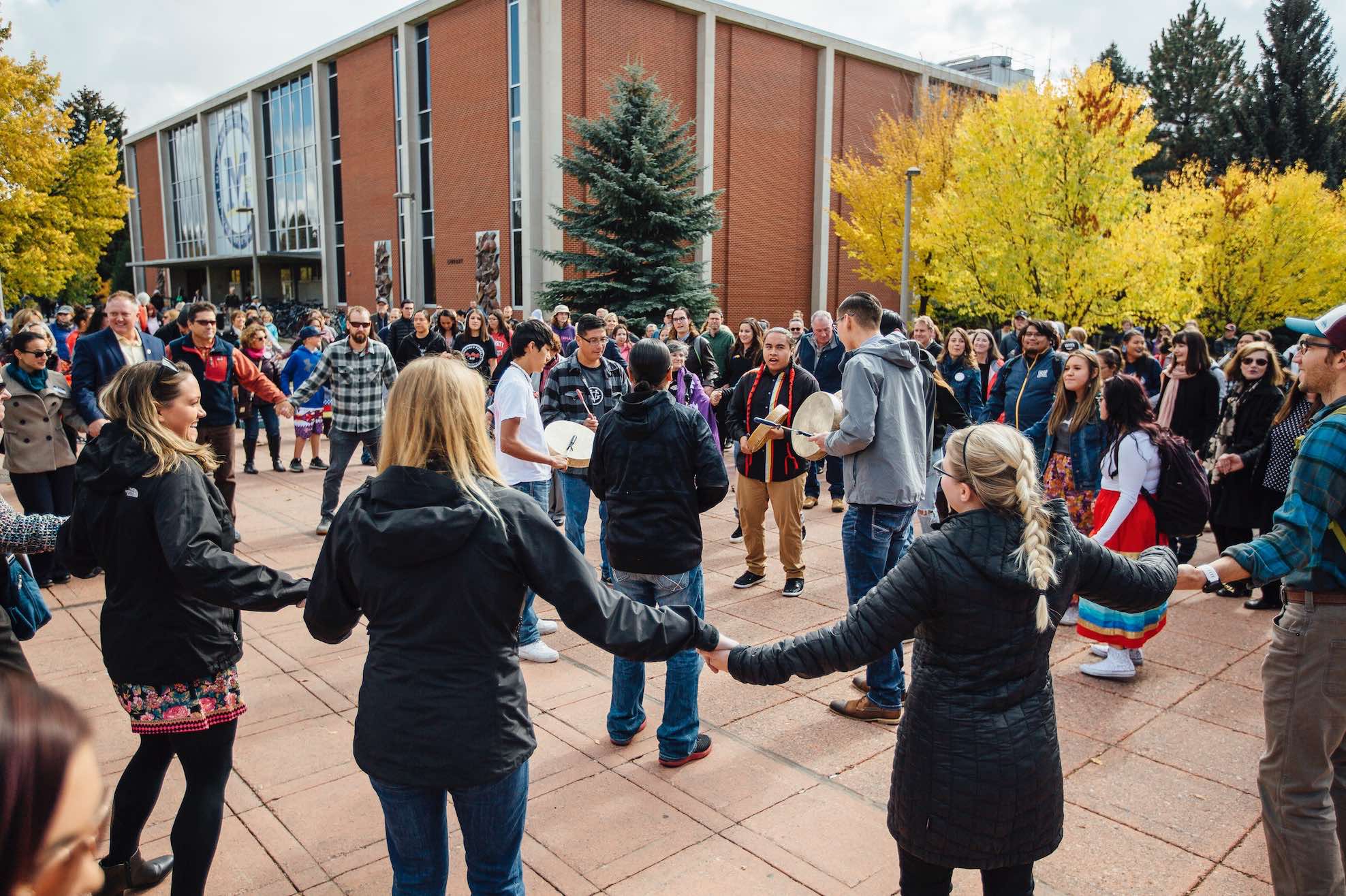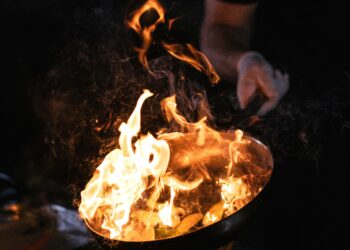The controversy of Columbus Day
By Jessianne Castle EBS STAFF
BOZEMAN – On the second Monday of October, some Bozemanites will join hands for a celebratory round dance. Others, schoolchildren mostly, will sit at their desks and talk about the day’s historical significance. Federal employees will have the day off, while many other residents of Gallatin County will go through their day—life as usual.
Oct. 14 is a national holiday, known federally as Columbus Day. It’s a day to observe the arrival of Christopher Columbus to the Americas on Oct. 12, 1492, which initiated European colonization throughout South and North America.
But many indigenous tribes decry the celebration of what led to mass removals and violence inflicted on their ancestors, with the aftershocks still felt, in many instances.
“We should not be celebrating Columbus Day at all,” said Francesca Pine Rodrigez, a Crow and Northern Cheyenne tribal member and board member of Indigenous Peoples’ Day Montana. “The reason why we are celebrating Columbus Day—we, as a country—is based on total fantasy.”
Pointing to a colorful map of historic tribal territories prior to Euro-American colonization, she said the West was not vacant land. “It was really a recipe for disaster when the settlers came because they were basically brought and sold on a lie,” she said.
Advocates for Indigenous Peoples’ Day Montana began campaigning three years ago to have Columbus Day replaced with Indigenous Peoples’ Day. So far, the effort—which launched in Bozeman—has been recognized at Montana State University and within the Bozeman Public Schools. Additionally, the city of Harlem located near the Fort Belknap Reservation recently voted to replace Columbus Day with Indigenous Peoples’ Day, joining the cities of Bozeman, Missoula and Helena.
In Big Sky, the school district still recognizes Oct. 14 as Columbus Day, though it isn’t considered a school holiday and students are required to attend class. For the most part, on Columbus Day specifically, it’s class as usual for Big Sky students
“Like other major events in history, I take the time to bring it up in my class, kind of like 9-11,” said Tony Coppola, the district’s high school social studies teacher “We talk about the two sides, the traditional western holiday—Columbus Day—and Indigenous Peoples’ Day.”
Coppola added that over the course of the school year, his 9th graders discuss Montana-specific tribal perspectives in their Montana history class.
According to Superintendent Dustin Shipman, the district doesn’t have a prescribed curriculum pertaining to Columbus Day. Students learn about Columbus in social studies classes within the context of the larger course curriculum rather than just talking about Columbus on Columbus Day. “We don’t only talk about Civil Rights on MLK Day” he added. “For us it’s about helping the kids understand those conceptual things.”
Brian Squillace, the 6th and 7th grade history and math teacher, said his class will learn about Columbus and other explorers later in the school year when they discuss European exploration and the Columbian Exchange.”
At Montana State University, classes are in session on Oct. 14, but the school is hosting a number of events throughout the month to celebrate Indigenous Peoples’ Day.
At noon on Monday, Oct. 14, the school will hold a traditional round dance celebrating all indigenous peoples. The Bobcat Singers will drum for the round dance, which has become an annual event. Prior to the dance, there will be a walk honoring Missing and Murdered Indigenous Women. Following the dance, at 7:30 p.m., a free screening of the film “In the Spirit of Atatíc̓e: The true story of the National Bison Range” by local filmmaker Daniel Glick will be held in the Rialto Theater.
To conclude the celebrations, artist Ben Pease of the Northern Cheyenne and Crow tribes, a former MSU student, will speak at 6 p.m. Thursday, Oct. 24, at the Museum of the Rockies.














